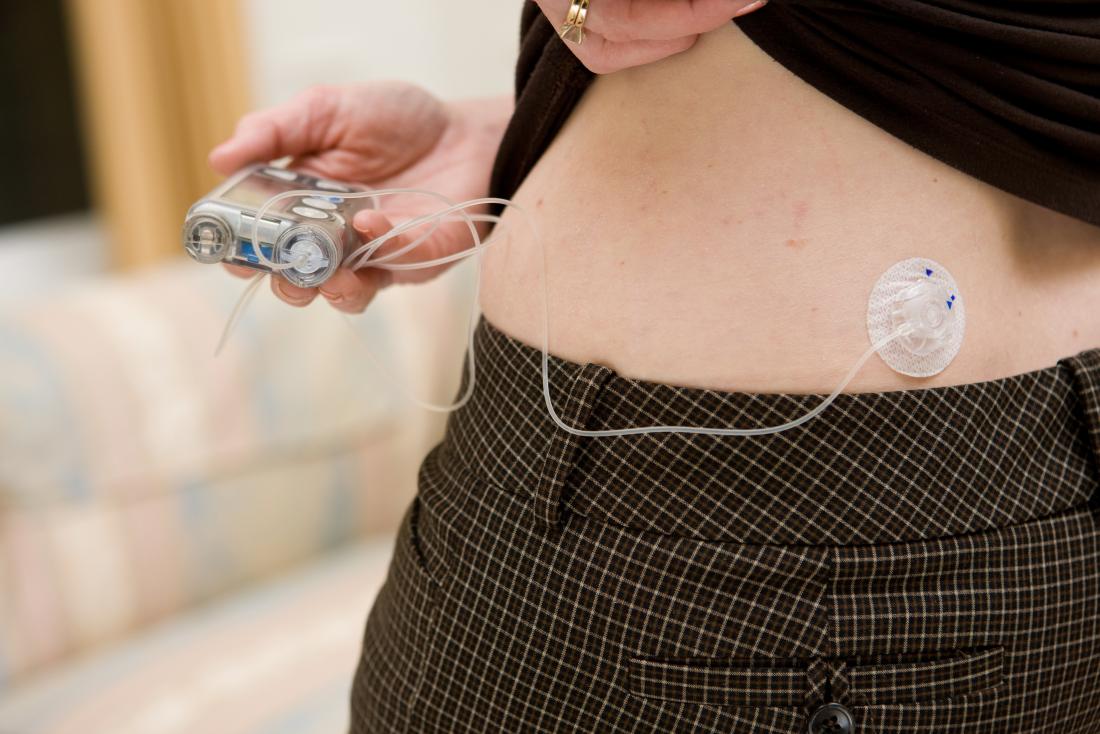Diabetes treatment frequently includes insulin therapy as a key component explained by experts at humalog. Recognize the critical function insulin plays in controlling your blood sugar and avoiding problems from diabetes.
Table of Contents
Insulin’s Function In The Human Body
Suppose you are familiar with the normal functioning of this naturally occurring hormone in the body as well as what happens when you have diabetes. In that case, it may be simpler to comprehend the significance of insulin therapy.
Insulin controls the levels of blood sugar in those without diabetes. Carbohydrates decompose to produce glucose after the meal, a sugar that serves as the body’s main source of energy. After then, glucose enters the bloodstream.
In response, the pancreas produces Insulin, allowing glucose to enter the body’s cells and fuel them with energy. You can keep extra glucose for use as fuel. When insulin levels are high after eating, extra glucose is stored as glycogen in the liver. When insulin levels are low between meals, the liver transfers glucose-containing glycogen into the bloodstream. As a result, blood sugar levels stay within a specific range.
Because there is insufficient Insulin to transport the glucose into your body’s cells, your blood sugar levels will increase after you eat. Insulin resistance results from inefficient insulin utilization by people with type 2 diabetes and insufficient insulin production. Type 1 diabetics produce either very little or no Insulin. However, unmanaged high blood sugar might eventually result in consequences like renal damage, blindness, and nerve damage.
Insulin Therapy’s Objectives
Insulin therapy is essential for replenishing the Insulin your body is unable to make if you have type 1 diabetes. When alternative therapies fail to keep blood glucose levels within the recommended range, persons with type 2 diabetes or gestational diabetes may occasionally need insulin therapy. By maintaining your blood sugar levels within the desired range, insulin therapy helps prevent diabetic complications.
Different Types Of Insulin:
There are various insulin varieties that have different timeframes for and durations of blood sugar management. Therefore, your doctor may frequently advise combining different insulins.

Insulin has a long, ultralong, or intermediate half-life. Your liver releases glucose while you aren’t eating so that the body has an energy all the time. Insulin with a long, ultra-long, or intermediate half-life aids in the body’s utilization of this glucose and prevents dangerously high glucose levels.
Insulin with quick or short-acting is excellent for avoiding blood sugar increases following meals. They can start working in as little as three minutes, substantially quicker than long-acting or intermediate-acting insulins. However, they work for significantly less time, typically between two and four hours.
Final Words:
Although insulin therapy might occasionally be difficult, it effectively lowers blood sugar levels. Speak to your doctor if you experience any problems with your insulin regimen, such as trouble preventing very low or high blood sugar levels, to determine whether any adjustments are necessary. You can avoid issues associated with diabetes and live an active, healthy life by selecting an insulin regimen that suits your needs and way of life.













